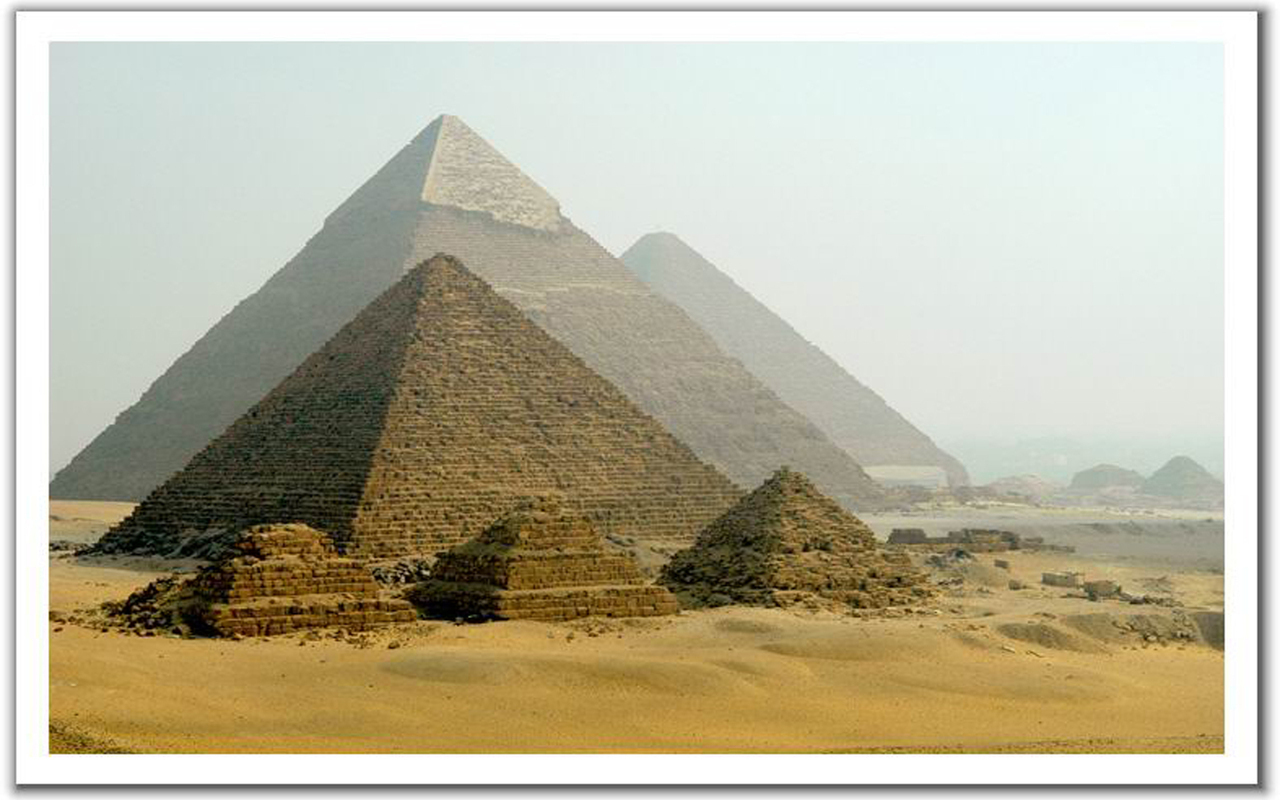
Famous Hindu Akshardham temple in South Delhi
Indian architecture is that vast tapestry of production of the Indian Subcontinent that encompasses a multitude of expressions over space and time, transformed by the forces of history considered unique to the sub-continent, sometimes destroying, but most of the time absorbing. The result is an evolving range of architectural production that none the less retains a certain amount of continuity across history.
Indus-Sarasvati Civilization and the Vedic Village
The earliest production in the Indus Valley Civilization was characterised by well planned cities and houses where religion did not seem to play an active role. The presence of drainage systems and public baths showed advanced standards of hygiene and sanitation and ingenious planning. The Vedic village had certain distinct characteristics that influenced subsequent architectural production. The Vedic grama could have a pur, or a fort-like structure within it. The Vedic hymns speak of "purs" made of stone and metal.
The Vedas have many words for houses. It appears that the main distinction was between chhardis ( house with a thatched roof), harmyam (a house of brick and stone that had a courtyard in the middle), and gotra (a multi-dwelling complex with sheds for animals). The Rig-Veda speaks once of a palace with 1000 doors, and twice of a palace with 1000 columns.
Buddhist and Jaina Architecture
Buddhism gained prominence during the reign of the emperor Ashoka. It is primarily represented by three important building types- the Chaitya Hall (place of worship), the Vihara (monastery) and the Stupa (hemispherical mound for worship/ memory)- exemplified by the magnificent caves of Ajanta and Ellora and the monumental Sanchi Stupa. The Greek influence led the Indian architecture of the time, especially the rock-cut art, to fall under one of the two categries: the Mathura school of art which was strictly Indian in spirit and did not adopt from the Greek styles, and the Gandharva school of art which incorporated influences of the Greek art. The division of Buddhism into Hinayana and Mahayana phases also influenced the nature of rock-cut art, the former being represented by artefacts used by the Buddha, and the latter by images of the Buddha.

Ancient Egyptian Architecture
The Nile valley has been the site of one of the most influential civilizations which developed a vast array of diverse structures encompassing ancient Egyptian architecture. The architectural monuments, which include the Great Pyramid of Giza and the Great Sphinx of Giza, are among the largest and most famous.
The Giza pyramid complex
The Giza Necropolis stands on the Giza Plateau, on the outskirts of Cairo, Egypt. This complex of ancient monuments is located some 8 kilometres (5 mi) inland into the desert from the old town of Giza on the Nile, some 20 kilometers (12 mi) southwest of Cairo city center. This Ancient Egyptian necropolis consists of the Pyramid of Khufu (also known as the Great Pyramid and the Pyramid of Cheops), the somewhat smaller Pyramid of Khafre (or Kephren), and the relatively modest-sized Pyramid of Menkaure (or Mykerinus), along with a number of smaller satellite edifices, known as "queens" pyramids, and the Great Sphinx.
The pyramids, which were built in the Fourth Dynasty, testify to the power of the pharaonic religion and state. The Great Pyramid, which was probably completed c. 2580 BC, is the oldest and largest of the pyramids, and is the only surviving monument of the Seven Wonders of the Ancient World. The pyramid of Khafre is believed to have been completed around 2532 BC, at the end of Khafre's reign. The date of construction of Menkaure's pyramid is unknown, because Menkaure's reign has not been accurately defined, but it was probably completed in the 26th century BC.
Popular culture leads people to believe that Pyramids are highly confusing, with many tunnels within the pyramid to create confusion for grave robbers. This is not true. The shafts of pyramids are quite simple, mostly leading directly to the tomb. However, there are sometimes additional tunnels, but these were used for the builders to understand how far they could dig the tomb into the crust of the Earth. Also, it is popular thought that due to grave robbers, future Kings were buried in the Valley of the Kings to help keep them hidden. This is also false, as the Pyramid construction continued for many Dynasties, just on a smaller scale. Also, grave robbers did not appear in the Old Kingdom, when the Giza Pyramids were constructed. Rather, it appeared much later in Egyptian history. Finally, the pyramid construction was stopped due to economic factors, not theft.

Tiananmen Square
A model of the Hall of Prayer for Good Harvest in the Temple of Heaven in Beijing was put up on the Tiananmen Square as a decoration for celebrating the forthcoming National Day on the morning of September 12, 2007. The model is 9.14 m tall, and consists of 15 parts. It took the workers 4 hours to complete this model.
Tiananmen Square (Manchu: abkai elhe obure duka; simplified Chinese: 天安门广场; traditional Chinese: 天安門廣場; pinyin: Tiān'ānmén Guǎngchǎng, Mandarin pronunciation: [tʰjɛ́n.ánmə̌n]) is a large city square in the centre of Beijing, China, named after the Tiananmen Gate (literally, Gate of Heaven's Pacification) located to its north, separating it from the Forbidden City. Tiananmen Square is the largest city square in the world (440,000 m² - 880m by 500m). It has great cultural significance as it was the site of several important events in Chinese history. The square was the center of the 4 June 1989 protests, where soldiers opened fire on protesters, killing 400–800, and perhaps many more



